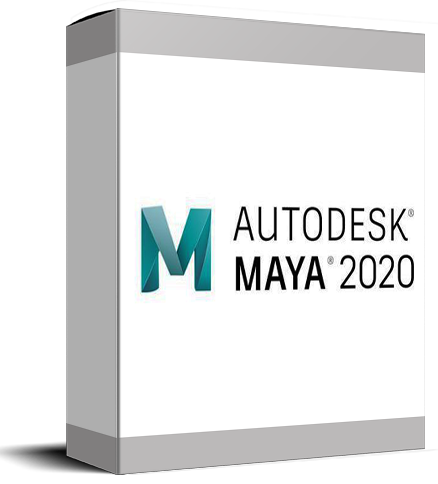

I hope I have given you some insight on the types of software you could be using. Terragen is a bit pricey so go with World Machine beside it does the same job for scenery creation. Maya has a great tools for creating hairs which is why a lot of people use it for creating landscape for grass, and import them into Unreal Engine 4 to create realistic scenes just that you need to get familiar with terrain generating software such as Terragen or World Machine. Maya is a fantastic solution for creating scenery and if you’re doing it for artwork I would suggest investing your money on that particular software.

I used the demo in Maya, and I rather liked it actually. I like the idea of a GPU powered renderer. I’m planning on using Redshift for the render engine. Houdini’s hair and fur module looks pretty good. What render engine(s) does Blender use? Also, does it have a hair and fur solution? Those two things are particularly important to me. For some side work, I’m going to be rendering some artwork for some books an author is working on. I actually need a general purpose 3D application for more than game development.

Maya 3D animation, modelling, simulation, and rendering software provides an. Still get work done, but now I can enjoy the process a little more. Make it with Maya computer animation software. I think with just a 200 dollar annual fee, I can rest easier. Feeling the pressure of not getting enough work done every month because of the amount of money I’m paying for the software was not a good feeling. Most of all though, I’m saving a ton of money and that feels good. Haven’t used it yet though, but from what I read online it’s pretty awesome. I can see how this would be beneficial for a studio for short term use, but not for an indie.Īnd then I saw Houdini….200 dollar annual subscription for indies and it offers everything I need and more. However at the end of the day it was just too expensive for an indie developer (185 per month). To me that was valuable time I could be using for development. Another reason I held out for such a long time was because I didn’t really want to have to relearn another software package. Maya LT doesn’t offer the tools I need for my work, otherwise I may have gone with that version of Maya. It’s just way too expensive to try and manage a subscription. After years of using it, I’m finally done with it. You have to practice, polish your new skills, so you can find better or faster solutions to reach impressive results.So, I have finally given up on Maya. Without stress and questions regarding tools and methods. But I can promise you that by the end of my course you will be able to work on your own ideas. Nobody can promise you "a ticket" or a work in CG industry shortly after taking any course. Let me give you the basics, so later I can be proud from my students. Can you do better? Of course you can, but you have to start from something. May be you are on the same place right now when I actually was about ten years ago. I'm an indie games developer with some official experience in CG industry. * My availability in comments - feedback and problems solving * Original, step-by-step 45 hours tutorial * We are done! Export to Game Engine, enjoy our job!

* Back to Maya – time to create LOD’s (Level of Details) * Substance Painter – fast, nice and easy. * Done with a model? Create error-free UV layout for texturing * Practice on a vehicle creation, interior and articulated parts * Creating a new Shelf with our must-have commands list * Discover polygonal modeling, elements and manipulation options Next, we have to texture it in Substance Painter and export for games purposes. In this course, I will teach you Maya basics during actual game-ready vehicle modeling process. Explore the shortest and the optimal way to understand game-ready assets preparation pipeline. My course is oriented to future Games Creators.


 0 kommentar(er)
0 kommentar(er)
